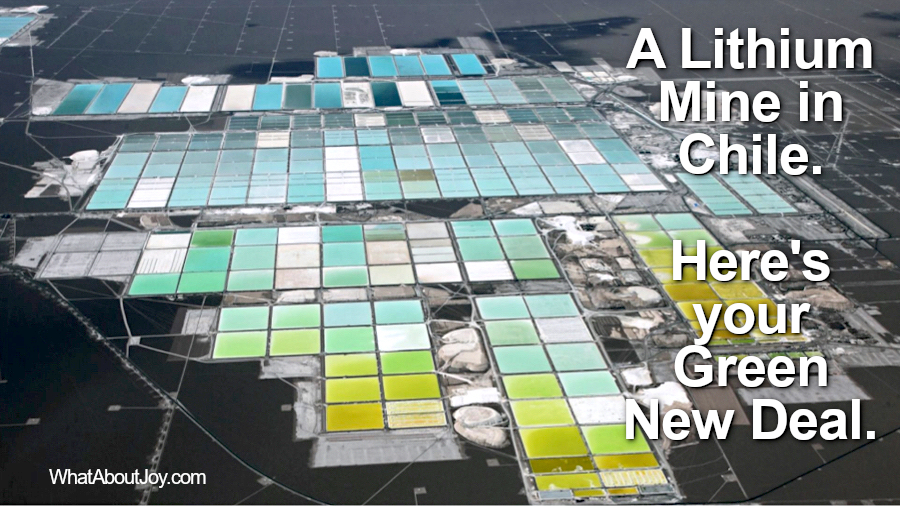 By: Gaby Hinsliff
By: Gaby HinsliffThe rush to ‘go electric’ comes with a hidden cost: destructive lithium mining.
I had come to the salt flat to research an emerging environmental dilemma. In order to stave off the worst of the accelerating climate crisis, we need to rapidly reduce carbon emissions. To do so, energy systems around the world must transition from fossil fuels to renewable energy. Lithium batteries play a key role in this transition: they power electric vehicles and store energy on renewable grids, helping to cut emissions from transportation and energy sectors. Underneath the Atacama salt flat lies most of the world’s lithium reserves; Chile currently supplies almost a quarter of the global market. But extracting lithium from this unique landscape comes at a grave environmental and social cost.
In the mining installations, which occupy more than 78 sq km (30 sq miles) and are operated by multinationals SQM and Albemarle, brine is pumped to the surface and arrayed in evaporation ponds resulting in a lithium-rich concentrate; viewed from above, the pools are shades of chartreuse. The entire process uses enormous quantities of water in an already parched environment. As a result, freshwater is less accessible to the 18 indigenous Atacameño communities that live on the flat’s perimeter, and the habitats of species such as Andean flamingoes have been disrupted. This situation is exacerbated by climate breakdown-induced drought and the effects of extracting and processing copper, of which Chile is the world’s top producer. Compounding these environmental harms, the Chilean state has not always enforced indigenous people’s right to prior consent.
Subscribe
Report
My comments